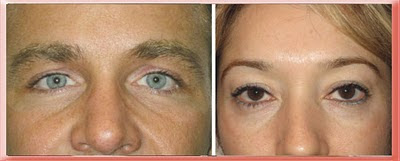Please tweet and retweet
Excessive seating from the armpits can be very debilitating causing a bad odor, staining of clothing and restriction of social as well as exercise related activities. This problem can also affect the palms of the hands or soles of the feet.
Sweat glands maintain skin surface health and regulate body temperature by supplying water to the skin surfaces for evaporation. Two types of sweat glands are present over human skin, eccrine and apocrine glands. Millions of eccrine glands are distributed throughout the entire body surface and produce a high salt content sweat that is excreted directly onto the skin through an excretory duct. The greatest density of these glands is found in the armpit, palm, and sole of the foot. The apocrine sweat glands are less in number and are distributed over the armpits, around the anus, around the breast nipple complex, and eyebrow regions. In addition to salt, the sweat from these glands contains fat and cholesterol and is excreted indirectly by passing through the shaft of hair follicles. The apocrine gland is 10 times larger than the eccrine gland, and both are present in equal numbers in the armpits. The apocrine glands start secreting at puberty and stop after menopause in women. Overproduction of either gland in the presence of certain skin surface bacteria can produce a bad odor. Clogging of the apocrine glands leads to a condition called hydradenitis suppuritiva with abscesses and draining pus. The treatment for this is surgical removal of the glands together with the damaged skin and then surgical closure of the resulting wound.










